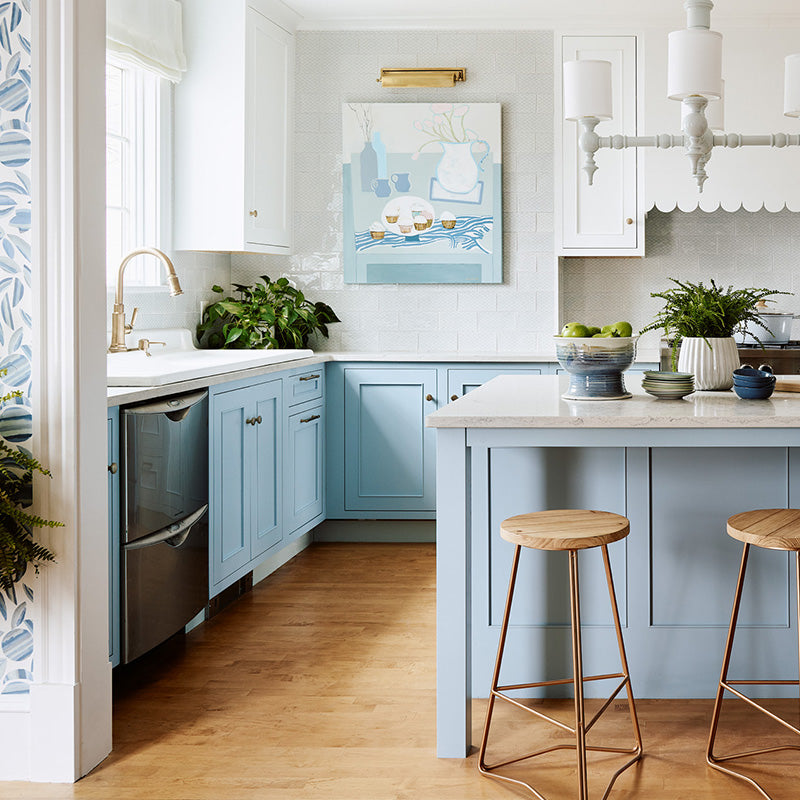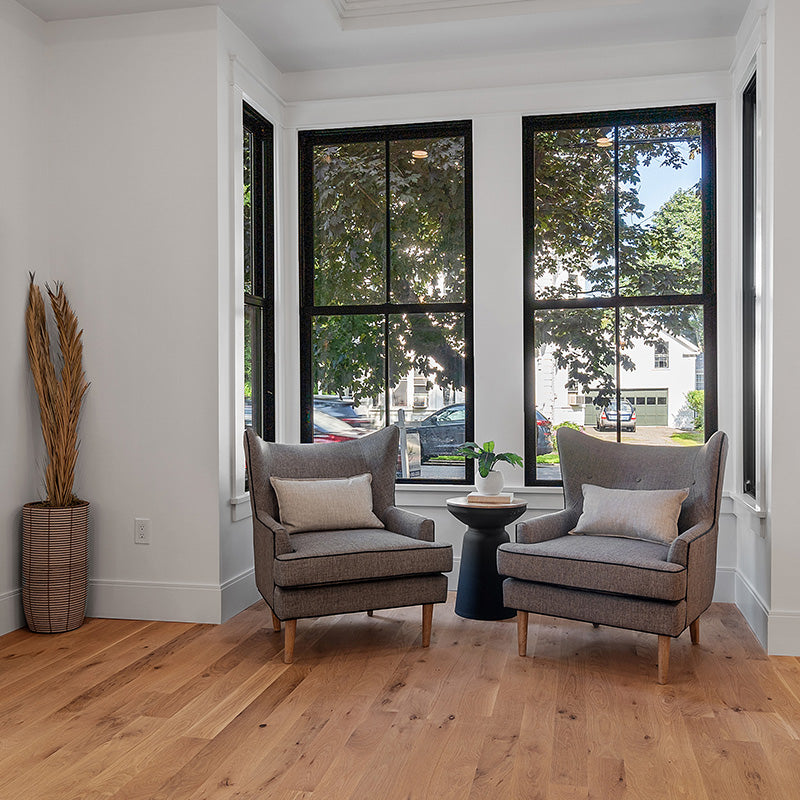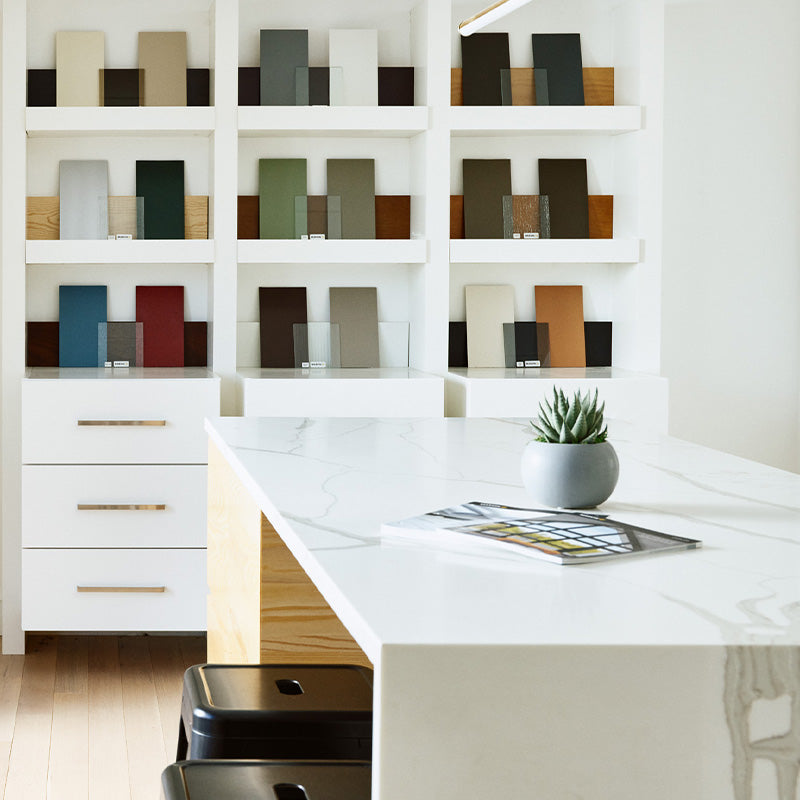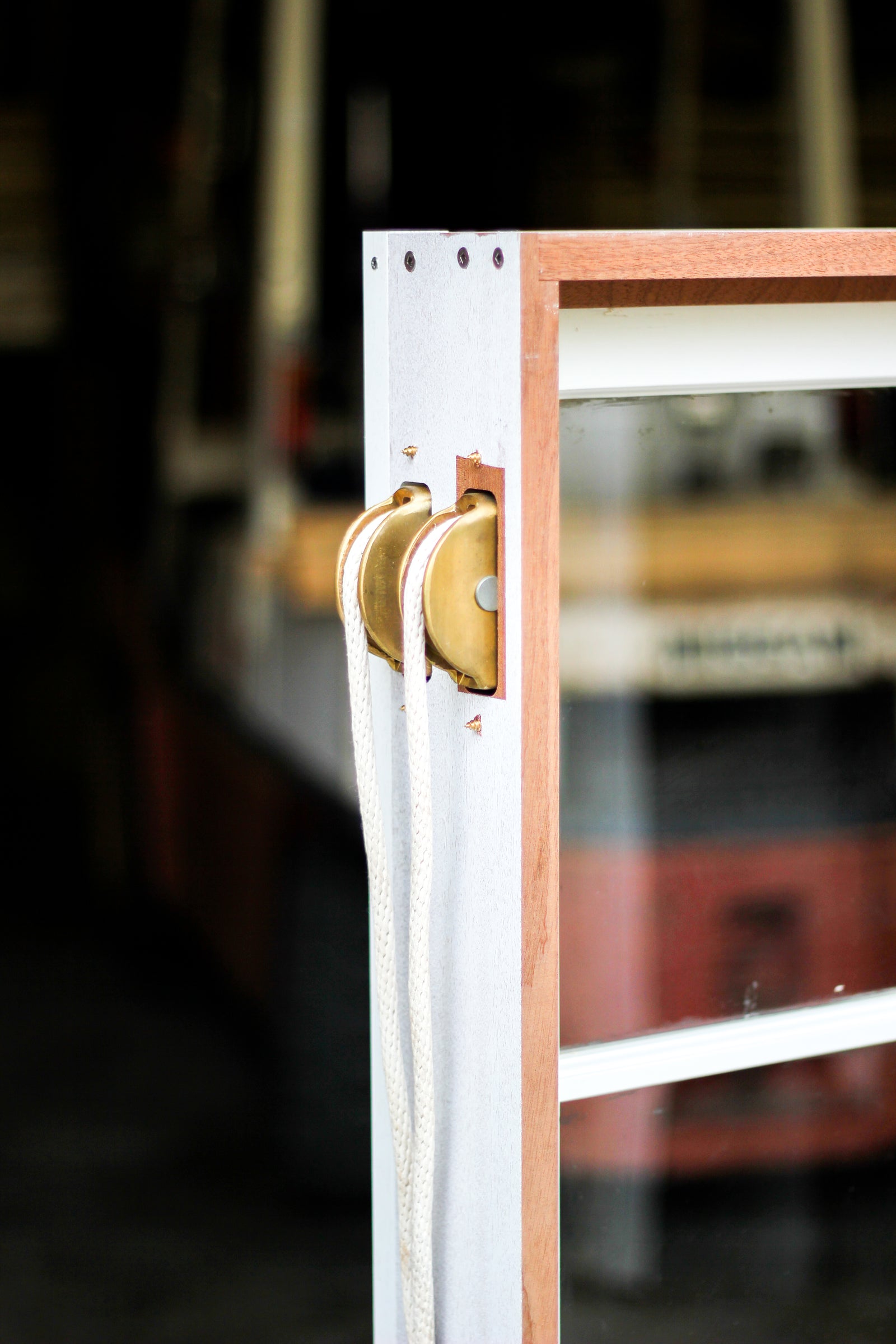Products
Projects
Resources

Dogtown Restoration
August 04, 2020
A good piece of furniture will blend into the landscape of your home. With the right care and maintenance, those pieces can become a legacy. Something that gets passed down with the memories of loved ones or myth like origin stories. When these pieces need repair, Dogtown Restoration is here to help.
With a diverse background including work for museums, fine paint shops, and design studios, as well as a collaborative network of talented artists and craftspeople, Josh Sidlowski brings a well-rounded skill-set and meticulous process to every project. Taking inspiration from the community and scenery of Cape Ann, Dogtown Restoration strives to make heirloom-quality pieces.

How did you get started with Dogtown Restoration?
While attending art school for painting and illustration, I got into the habit of refinishing old furniture for my dorm room; then later, as a small side gig to make money for art supplies and beer. It was a great outlet to practice studio art techniques and it really fed into my love of history and working with my hands. After college, I got a job at a high-end paint and decorating shop working the paint counter, which really allowed me to expand on my knowledge of materials and techniques. I started Dogtown Restoration on a part-time basis around 2014 and it quickly grew into a full-time operation.
What types of work do you do?
We specialize in custom finishing and restoration, meaning we're experts in crafting and restoring the armor that goes around everyday objects. We make custom stain colors for architectural woodwork, apply beautiful hand-rubbed varnishes to antique furniture, devise finishing systems for marine woodwork on all types of watercraft, and experiment in a variety of specialized techniques such as gold-leafing, wood graining, and traditional charred-wood finishes. In every project our main goal is to maximize durability, depth of color, and design harmony. In summary, if it's wood, we can make it as beautiful as possible and keep it that way for years to come.
 |
 |
What inspires your work?
When I was a kid, my parents were the caretakers for the Beauport / Sleeper-McCann House on Eastern Point here in Gloucester, and I had the enormous privilege of growing up in the caretaker's cottage on the property until I was a teenager. Henry Sleeper was one of America's preeminent interior designers and his home at Beauport is a marvel of vintage artifacts and salvaged architectural wonders. Growing up around all that, I think it would have been impossible not to absorb a life-long love of history and craft; I'm continually fascinated by the way artisans a hundred years ago were able to take raw materials and turn them into fully realized works of art. My favorite part of my job is researching all the techniques and materials behind each project and unraveling their place in history.
What has been your favorite project to date? And why?
One of the coolest niches I've managed to stumble into is working on pipe organs. I've worked with two world-renowned pipe organ builders right here in Massachusetts (C.B. Fisk in Gloucester and Noack Organ Co. in Georgetown) and they're truly incredible operations; pipe organs are at once musical instruments and architecture, and it takes a wildly diverse array of talent to construct a 40ft. tall organ from the ground up. One of our first major projects was with C.B. Fisk, restoring the original casework for the 1837 Erben pipe organ from historic Christ Church in Philadelphia. The entire enormous organ case was disassembled and shipped to Fisk's Gloucester shop, and while the rest of the shop was busy building an entirely new instrument for the interior, it was our job to repair, repaint, and re-gild the panels, moulding, and carvings on the 180-year-old exterior case to their original glory, piece by piece. It was a year-long process that took our entire skill-set to complete, but the creative environment of working alongside such talented woodworkers, engineers, craftspeople, and musicians was a dream come true. The dedication concert for our fully assembled pipe organ -- sitting in Benjamin Franklin's home church in Philadelphia -- was a once-in-a-lifetime experience.

What is your favorite "Tool of the Trade"? And why?
The secret to success in any project is preparation, so a good sander is essential. At the risk of sounding too much like a sales pitch, the Festool RO90 sander I recently picked up from Grand Banks is absolutely my new favorite tool. I've had good sanders in the past that did their job well, but with the variety of projects I work on -- from furniture restoration, to refinishing vintage doors, to prepping new interior woodwork -- having a 3.5'' detail sander that can go from gentle, low impact orbital sanding on delicate surfaces to powerful, aggressive finish removal on something as tough as marine woodwork is a godsend. It's almost completely removed the need for chemical stripping agents in my business, which is good for my budget and my health. Thanks, Grand Banks!
What are some tips you have for homeowners to preserve their wood furniture?
Don't wage chemical warfare on your furniture! Whether we're talking about modern or vintage, furniture is finished a hundred different ways, and you never know what finishes will react poorly to the chemical cocktails in everyday cleaning products. All-purpose cleaning sprays have all kinds of components that will soften and dull the finish on your dining room table or wood countertops, and even the stuff that's "meant" for furniture (Pledge, etc.) often has wax or silicone that will build up with gunk over time or stick in the wood grain. I'd always advise cleaning wood furniture with nothing more than a damp cloth and mild soap, and if you have to polish it with something, lemon or orange oil will add a protective layer that can easily be cleaned off and refreshed down the road.
How is your business offering eco-friendly options?
Sustainability and environmental consciousness is a cornerstone of our business. This industry has changed a lot in the past few decades, and while it was once very common to use tons of high-VOC solvent-based coatings and harsh chemical strippers on wood projects, today we're able to work with a wide array of products and materials that offer low-toxicity and responsibly-sourced components without sacrificing beauty or durability. Even when it comes to antique or vintage restoration -- where we try to use original materials as much as possible -- careful research has allowed us to focus on period-appropriate materials such as shellac, beeswax, and sun-thickened linseed oil that are naturally occurring and free of harsh solvents or heavy metals.

Can you tell us about your work with historical restoration?
One of the first projects I worked on when I started Dogtown Restoration was for the Schooner Adventure, a historic fishing schooner here in Gloucester. It had been undergoing restoration for many years, and at the tail end of the process, I was brought on to help finalize the restoration of the captain's cabin. Greg Bover of C.B. Fisk had constructed a gorgeous set of hickory paneling to replace the rotted original interior paneling of the cabin, and it was our job to finish them so that they not only maintained a vintage aesthetic, but were also able to withstand the environmental challenges of an active seafaring vessel. Projects like these are where you have to make important decisions regarding "preservation" (preserving an object or structure in its existing state without altering it) vs. "restoration" (restoring an object or structure to it's original state, through various means); as this project fit firmly in the restoration category, we focused on using period-appropriate techniques and materials as much as possible while incorporating some modern solutions to maximize the longevity of our work. Doing our part to help maintain and preserve Cape Ann's maritime history was such an honor, and we're so grateful for the opportunity to be part of Adventure's story.
Why would someone choose Dogtown Restoration for a project or DIY?
I got into this line of work through DIY, so I'll always encourage people to develop their skills on their own projects. But if I've learned anything from my own mistakes, finishing and restoration involves a lot of complex chemistry and artistry that gets even more complex when the surface you're working on has been around for a century or more. I've structured Dogtown Restoration as a largely one-man operation and I've worked hard to hone my skill-set to tackle some pretty diverse projects, but I'm always collaborating with a deep bench of independent artisans and professionals that I can call upon whenever I don't have all the answers. It's my goal as a business owner and a craftsman to make sure my clients are as informed as possible so their needs are met, whether I'm polishing the varnish on a 40ft yacht or repairing the leg on an heirloom kitchen table.
Who is your least favorite superhero? And why?
I'll give the comic book geek answer and say there's something to like about all of them when the writing is good, but when I was a kid I definitely thought Superman had it way too easy. What problem can't you solve when you can punch people into outer space and time-travel by flying backwards around the Earth? Now that I'm grown up, I realize he's just a working-class immigrant doing the best he can to help out his community, he's not so bad.
Find out more or contact Dogtown Restoration

Subscribe Today!
Our goal is to provide you with as much information as possible. Our newsletter is full of tips, inspiration and featured projects. We promise to only send you interesting things and never share your email with anyone else.




